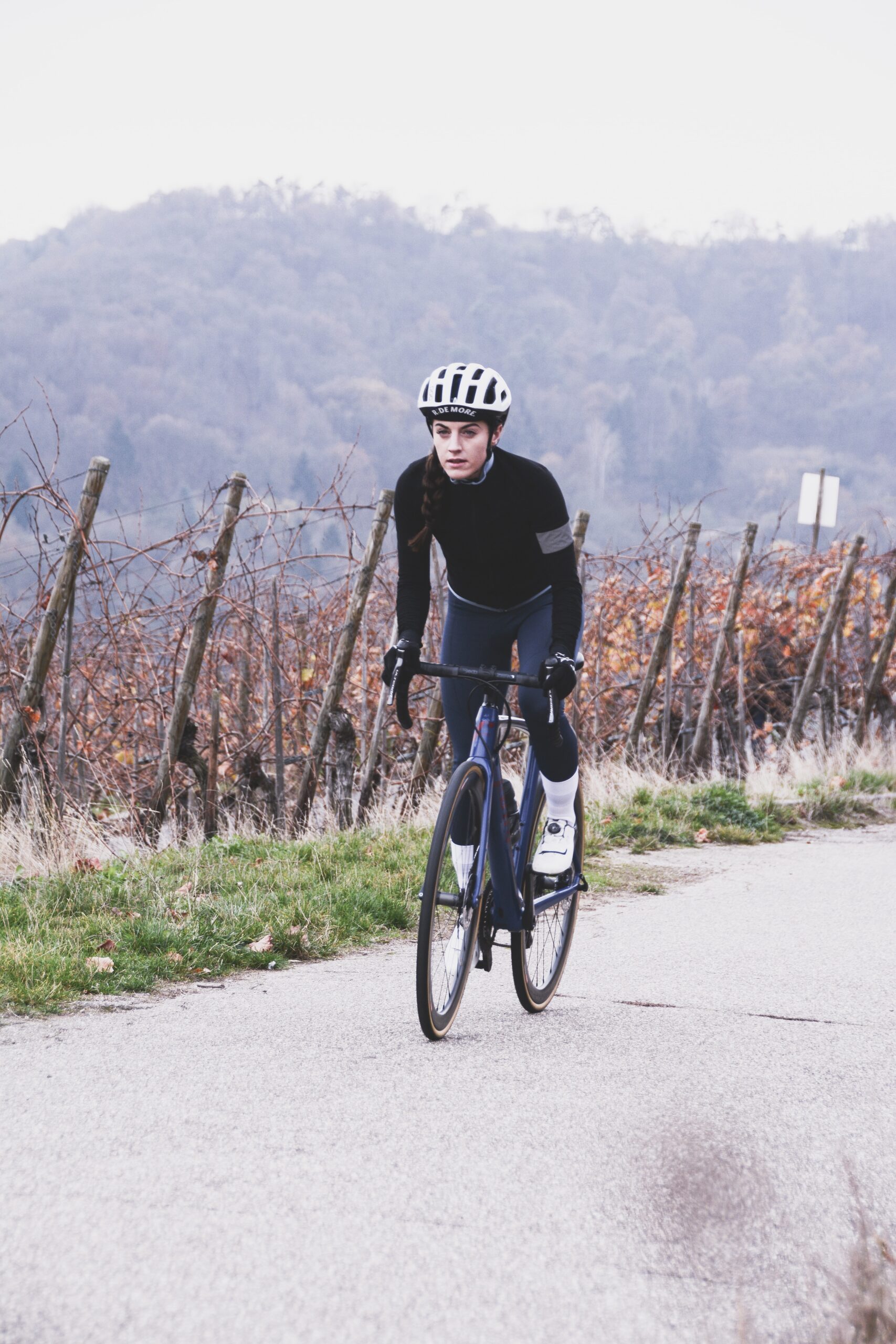Winter Training: Here’s How to Do It
 Let’s face it: even for the most keen and motivated triathlete, training year-round isn’t easy. In the UK, it can seem like one moment you’re enjoying those warm evening sessions – and the next you’re dodging puddles and regretting not taking a third layer…
Let’s face it: even for the most keen and motivated triathlete, training year-round isn’t easy. In the UK, it can seem like one moment you’re enjoying those warm evening sessions – and the next you’re dodging puddles and regretting not taking a third layer…
So, how can we train comfortably and safely all year round? How do we go into Spring with solid training and base fitness ahead of events like the Royal Windsor Triathlon in the summer?
Avoid going into triathlon hibernation over the upcoming winter months with these tips to keep you strong:
1. Go easy on yourself
There’s a reason why the majority of triathlon events take place in the spring or summer: it’s difficult to train! In the winter months, lack of light can limit your sessions, and you’re unlikely to feel as motivated as you were in the summer. Avoid trying to ‘do it all’ and instead focus on the two most important things: 1) enjoying exercising and 2) maintaining a base level of fitness. When you’re realistic with the amount of training you can do, you won’t feel guilty for ‘skipping’ days or workouts. You’ll also feel more refreshed coming into Spring.
2. Warm up
It may seem obvious, but its even more important to warm-up before you exercise in the winter. This is because in cold weather, your muscles are stiffer, making them more susceptible to injury without a proper warm-up. So, take time to get your body nice and toasty before starting exercise and build. Wearing layers is great for this, as you can simply peel them off as you warm up.
3. Train indoors (if you can)
While an indoor cycling trainer (or temporary gym membership) can be a worthy investment, you don’t need to spend lots of money to maintain your fitness in the winter months. Simply doing home workout routines – or strength exercises such as planks and squats – can help you maintain base fitness and allow you to feel strong coming into triathlon season.
Of course, we also recommend getting some fresh air when you can; nothing beats a long weekend ride or run on a crisp, still day.
4. Be safe
If you do run or cycle outdoors in the dark, ensure that you are highly visible. Use bright, reflective clothing and accessories, and equip your bike with lights (front and rear) for visibility. You should also ensure that you don’t dazzle other road users with high-powered lights and, if running at night, go out in a group or stick to a well-lit, familiar area.
5. Get your nutrients
Even if you decrease your training load in the winter, remember that exercise puts stress on the body and actually lowers your immune system slightly. Combined with colds and flus going around, you want to make sure that you are getting the correct nutrients and staying healthy during winter training. Apart from the inevitable Christmas blow-out, make sure to eat plenty of fruit and vegetables and hydrate well (herbal tea is great for those who dislike drinking cold water in winter!)
